Die Anschrift
304 Nordkardinal St.
Dorchester Center, MA 02124
Arbeitsstunden
Montag bis Freitag: 7:00 - 19:00
Wochenende: 10:00 - 17:00
Willkommen auf meinem Blog!
Bevor wir uns in die Inhalte vertiefen, würde ich mich freuen, wenn Sie mir auf meinen Social-Media-Plattformen folgen, wo ich weitere Einblicke gebe, mit der Community interagiere und Updates poste. So können Sie mit mir in Kontakt treten:
Facebook:https://www.facebook.com/profile.php?id=100071234835011
LinkedIn:https://www.linkedin.com/company/74943205/admin/dashboard/
YouTube:www.youtube.com/@shandongexpertmedicalequip4695
TikTok:www.tiktok.com/@expertmedical
Lassen Sie uns nun gemeinsam unsere Reise beginnen. Ich hoffe, Sie finden die Inhalte hier aufschlussreich, spannend und wertvoll.
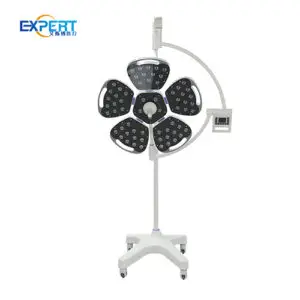
Hospital surgical lights are essential tools in modern healthcare, illuminating the surgical field with precision and clarity. These specialized lighting systems are meticulously designed to provide optimal illumination, ensuring the success of surgical procedures. In this comprehensive guide, we will delve into the intricate details of hospital surgical lights, exploring their key features, benefits, and the latest technological advancements that have revolutionized the field of surgical illumination.
Hospital surgical lights are engineered to deliver high-intensity, shadow-free illumination within the surgical field. They are typically mounted on ceiling-mounted booms or articulated arms, offering unparalleled flexibility and precision in positioning. These advanced lighting systems are equipped with a plethora of features, including color temperature control, intensity adjustment, and focus control, catering to the diverse needs of various surgical specialties.
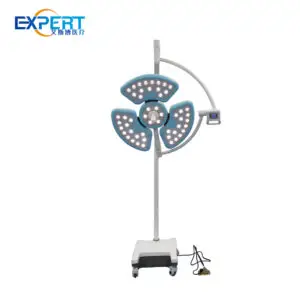
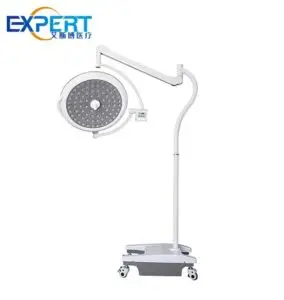
The primary objective of hospital surgical lights is to eliminate shadows that can obscure the surgical site, hindering the surgeon’s ability to visualize critical details. Advanced optical systems, coupled with multiple light sources, work in harmony to achieve uniform and shadow-free illumination, enhancing surgical precision and minimizing the risk of complications.
Different surgical procedures necessitate varying color temperatures to optimize visibility and contrast. Hospital surgical lights provide adjustable color temperature settings, allowing surgeons to mimic natural daylight or select specific color tones that enhance the visualization of different tissues.
The ability to adjust light intensity is paramount in accommodating the diverse needs of different surgical procedures and ambient lighting conditions. Hospital surgical lights offer a wide range of intensity settings, enabling surgeons to fine-tune the illumination to suit their specific requirements.
Precise focus control empowers surgeons to concentrate the light beam on the surgical site, reducing glare and improving visual acuity. This feature is particularly crucial in delicate procedures where precise visualization is essential.
Hospital surgical lights must adhere to stringent sterilization and infection control standards to maintain a sterile environment. Many modern surgical lights are designed with antimicrobial coatings and seamless surfaces, preventing the growth of bacteria and minimizing the risk of infection.
Ergonomics plays a pivotal role in the design of hospital surgical lights, ensuring that they are easy to position and adjust. This ergonomic design helps to reduce strain on the surgeon’s neck and shoulders, promoting comfort and efficiency during prolonged surgical procedures.








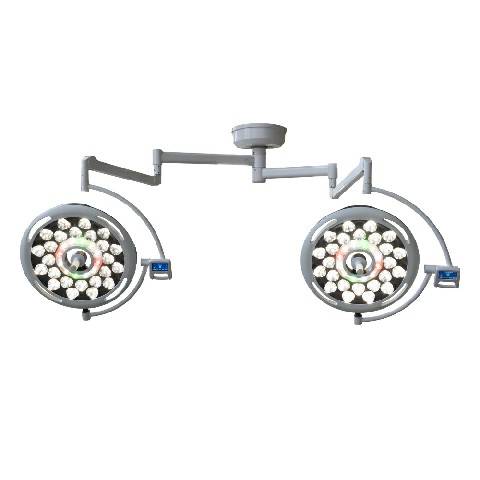
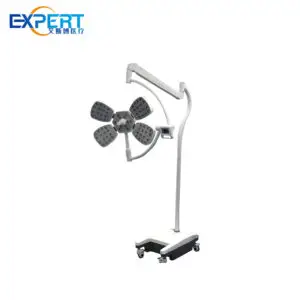
| Besonderheit | LED-OP-Leuchten | Halogen-OP-Leuchten | Xenon-OP-Leuchten |
|---|---|---|---|
| Energieeffizienz | Hoch | Niedrig | Medium |
| Lebensdauer | Lang | Kurz | Medium |
| Farbwiedergabe | Exzellent | Gut | Exzellent |
| Hitzeerzeugung | Niedrig | Hoch | Medium |
| Kosten | Medium | Niedrig | Hoch |
Hospital surgical lights are indispensable tools that significantly impact the outcomes of surgical procedures. By providing optimal illumination, these advanced lighting systems enhance surgical precision, improve patient safety, and contribute to better patient outcomes. When selecting a surgical light, it is crucial to carefully consider factors such as illumination quality, durability, ease of use, and cost.
Was ist der Unterschied zwischen LED und Halogen OP-Leuchten?
LED surgical lights are more energy-efficient, have a longer lifespan, and produce less heat compared to halogen lights. They also offer better color rendering, providing more accurate visualization of tissues.
How do I choose the right surgical light for my operating room?
Consider factors like the size of the operating room, the types of surgeries performed, and the desired level of illumination. Consult with a lighting specialist to determine the optimal surgical light for your specific needs.
What is the color temperature of a chirurgisches Licht?
Color temperature is measured in Kelvin (K) and affects the appearance of colors under the light. Surgical lights typically have a color temperature range of 4000K to 6000K, which mimics natural daylight.
How often should surgical lights be calibrated?
Surgical lights should be calibrated regularly to ensure accurate color temperature and intensity. The frequency of calibration depends on factors like usage and environmental conditions, but it’s generally recommended to calibrate them annually.
What are the benefits of using a shadow-free chirurgisches Licht?
Shadow-free surgical lights provide uniform illumination, eliminating shadows that can obscure the surgical site. This enhances visualization, reduces eye strain for the surgeon, and improves the overall precision and accuracy of the procedure.
